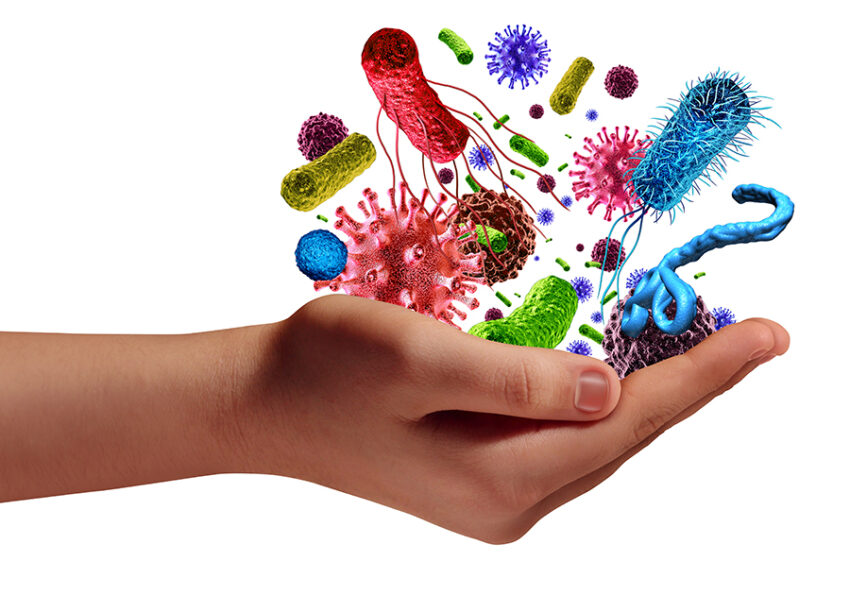Atopic dermatitis is often associated with a disrupted skin barrier or an imbalance in the microbiome. Proper care, tailored to the needs of sensitive skin, is an essential complement to medical therapy.
The course of atopic dermatitis depends on various factors. Among them, atopic dermatitis is associated with a reduced diversity of the skin microbiome.
The skin microbiome consists of a variety of microorganisms, including bacteria, fungi, and viruses, that reside on the skin. These numerous microorganisms play a crucial role in maintaining healthy skin by contributing to its protection against external influences. The microbiome varies from person to person.
The author: Prof. Dr. med. Claudia Traidl-Hoffmann
About the author:
Prof. Dr. med. Claudia Traidl-Hoffmann is the Director of the Institute of Environmental Medicine at the Technical University of Munich and Helmholtz Center Munich, as well as the Director of the University Outpatient Clinic for Environmental Medicine at the University Hospital Augsburg. She researches, among other things, the interaction between humans and the environment and the role of the microbiome in chronic inflammatory skin diseases such as atopic dermatitis.
What is a microbiome?
Formerly called “flora”, the microbiome refers to all microorganisms, as well as their genes, that are found inside the organism. Nose, mouth, intestines, skin, vagina and on the surface of the skin. So there is not one microbiome, but different microbiomes, each represented by different species. These include the nasal, oral, vaginal and cutaneous microbiome. The skin microbiome consists of bacteria, viruses, yeasts and fungi that live in a specific environment.
The total number of microorganisms on the skin of an adult is 100 trillion, which is 3 trillion more than our own cells. To date, more than 500 species of bacteria: Staphylococcus, Corynebacterium, Propionibacterium have been identified on our skin, potentially representing more than 2 million genes. The microbiome of an adult weighs about 3 kg. The number of bacteria present on the skin can reach almost 1 million per cm2.
[1] Di Domenico EG et al. Microorganisms, 2019;7(9):301
[2] Watanabe H et al. PLoS ONE 13(7):e0199947.
[3] Kong HH. Genome Res. 2012 May;22(5):850-9
[4] Reiger M et al. Hautarzt. 2019 Jun;70(6):407-415
[5] Volz T et al. J Invest Dermatol 2014;134:96-104
[6] Seité S & Moyal D. Poster präsentiert auf dem 26. Kongress der European Academy of Dermatology and Venereology (EADV) 2017 in Genf, Schweiz
[7] Taien C et al. Poster präsentiert auf dem 28. Kongress der European Academy of Dermatology and Venereology (EADV) 2019 in Madrid, Spanien

